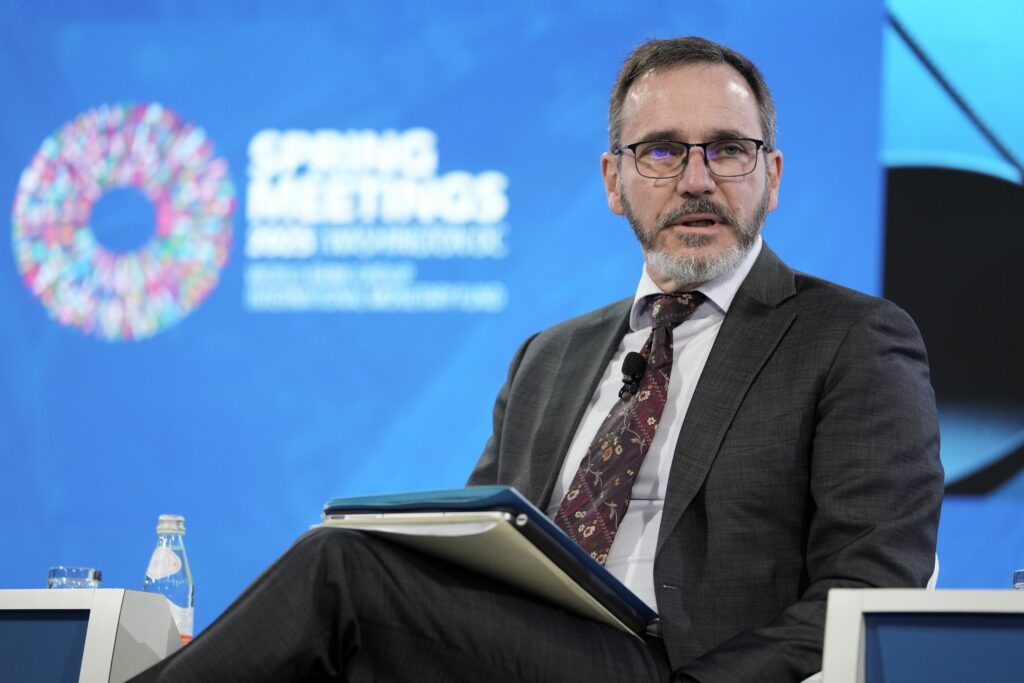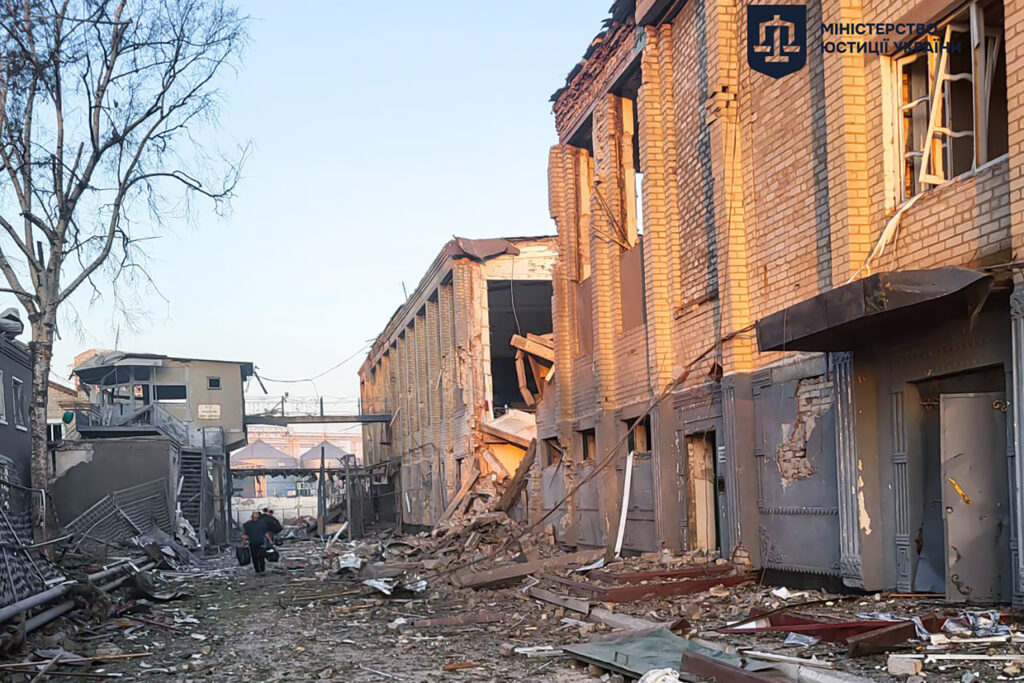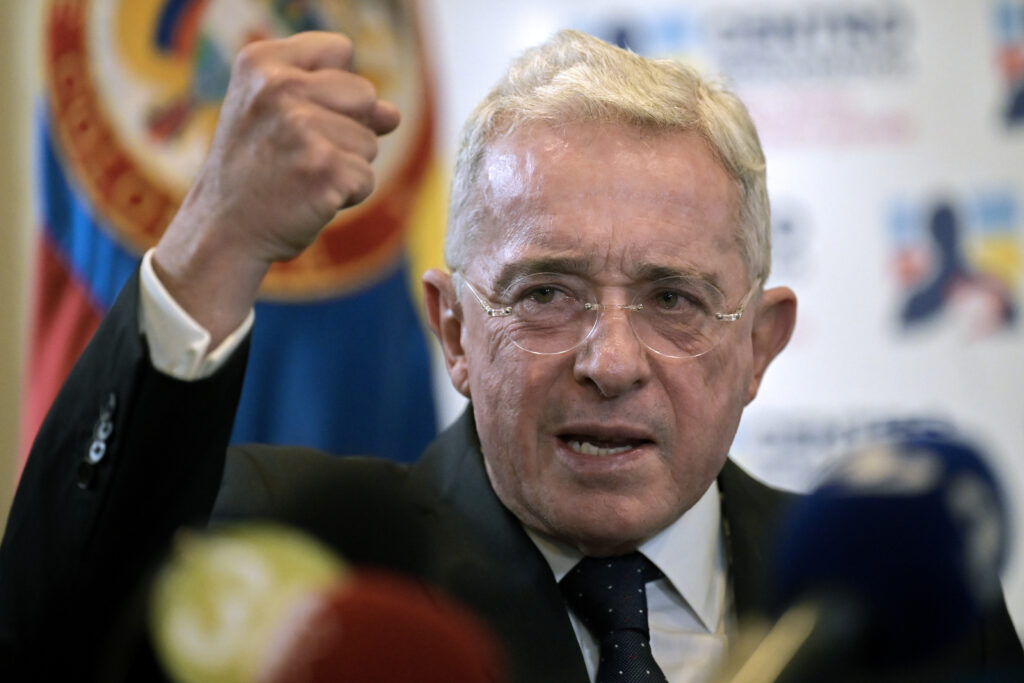IMF lifts 2025 growth forecast on ‘fragile’ easing in trade tensions
The IMF raised its global growth forecast Tuesday as efforts to circumvent Donald Trump’s sweeping tariffs sparked a bigger-than-expected surge in trade, while the US president stepped back from some of his harshest threats.The International Monetary Fund still sees growth slowing this year, however, even as it lifted its 2025 projection to 3.0 percent — up from 2.8 percent in April — in its World Economic Outlook update.In 2024, global growth came in at 3.3 percent.Looking ahead, the IMF expects the world economy to expand 3.1 percent next year, an improvement from the 3.0 percent it earlier predicted.Despite the upward revisions, “there are reasons to be very cautious,” IMF chief economist Pierre-Olivier Gourinchas told AFP.”Businesses were trying to frontload, move stuff around, before the tariffs were imposed, and so that’s supporting economic activity,” he said.”There is going to be payback for that. If you stock the shelves now, you don’t need to stock them later in the year or into the next year,” he added.This means a likelihood of reduced trade activity in the second half of the year and into 2026.”The global economy has continued to hold steady, but the composition of activity points to distortions from tariffs, rather than underlying robustness,” the IMF’s report said.For now, a “modest decline in trade tensions, however fragile, has contributed to the resilience of the global economy,” Gourinchas told reporters Tuesday.Trump imposed a 10 percent levy on almost all trading partners this year, alongside steeper duties on autos, steel and aluminum.He paused higher tariffs on dozens of economies until August 1, a significant delay from April when they were first unveiled.Washington and Beijing also agreed to lower for 90 days triple-digit duties on each other’s goods, in a halt expiring August 12. Talks that could lead to a further extension of the truce are ongoing.Trump’s actions have brought the US effective tariff rate to 17.3 percent, significantly above the 3.5 percent level for the rest of the world, the IMF said.If deals unravel or tariffs rebound to higher levels, global output would be 0.3 percent down next year, Gourinchas said.- US inflation hit -US growth for 2025 was revised 0.1 percentage points up, to 1.9 percent, with tariffs anticipated to settle at lower levels than initially announced in April.The country is also set to see a near-term boost from Trump’s flagship tax and spending bill.Euro area growth was adjusted 0.2 percentage points higher to 1.0 percent, partly reflecting a jump in Irish pharmaceutical exports to the United States to avoid fresh duties.Among European economies, Germany is still expected to avoid contraction while forecasts for France and Spain remained unchanged at 0.6 percent and 2.5 percent respectively.While the IMF anticipates global inflation to keep declining, with headline inflation cooling to 4.2 percent this year, it warned that US price increases will remain above target.”The tariffs, acting as a supply shock, are expected to pass through to US consumer prices gradually and hit inflation in the second half of 2025,” the IMF report said.Elsewhere, Trump’s duties “constitute a negative demand shock, lowering inflationary pressures,” the report added.- China challenges -Growth in the world’s number-two economy China, however, was revised 0.8 percentage points upwards to 4.8 percent.This reflects stronger-than-expected activity in the first half of 2025, alongside “the significant reduction in US–China tariffs,” the IMF said.Gourinchas warned that China is still experiencing headwinds, with “fairly weak” domestic demand.”There is relatively little consumer confidence, the property sector is still a black spot in the Chinese economy, it’s not been completely addressed,” he added. “That is resulting in a drag on economic activity going forward.”Russia’s growth was revised 0.6 percentage points down, to 0.9 percent, partially due to Russian policies but also oil prices, which are set to remain relatively subdued compared with 2024 levels, Gourinchas said.






